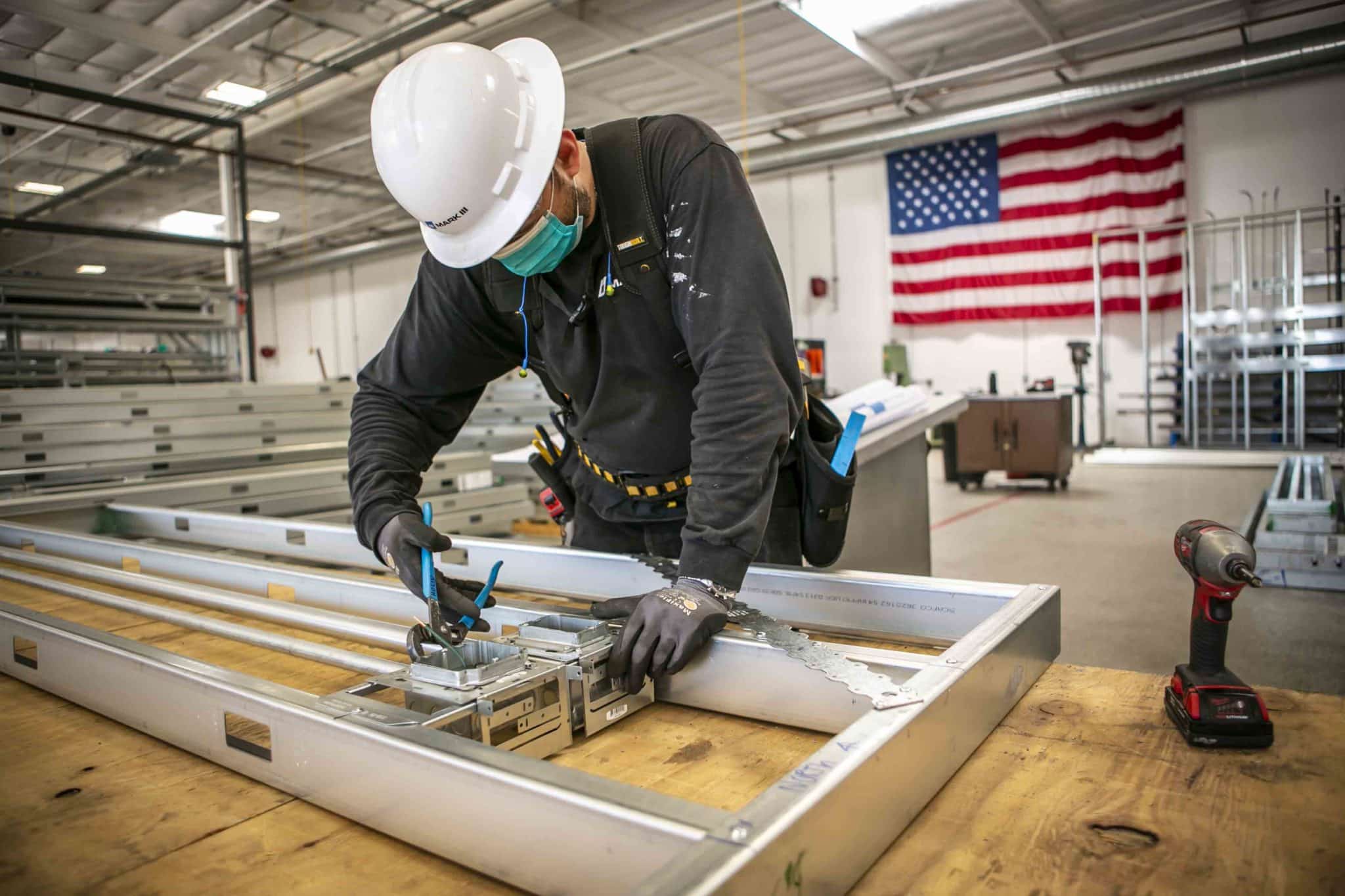In my previous posts in this series, I discussed Who Benefits from Innovation in Design and Construction? and Buildings as Products: Is the Construction Industry Prepared for a New Paradigm?
In this third article, I elaborate on why I believe that Integrated Project Delivery (IPD) is not the answer to innovation in design and construction. I know that is a provocative statement for somebody who considers themselves a true champion for IPD.
What is my goal as the project owner?
My goal as an owner has been to significantly reduce the time and the cost it takes to deliver spaces to take care of people. This could be exam rooms, imaging rooms, hospital beds, Emergency Department treatment rooms, operating rooms, etc.
Over the years, I have worked with many different project delivery models, systems, and contract types including hard bidding with “completed” sets of documents, design/build and construction manager at risk with either design-assist or design-build trades.
I’ve also used IPD, which is a model where design and construction are delivered under a single contract with equal footing at the table and an aligned risk and reward model. The financials are ‘open book’, and everybody profits if the job goes well and makes less money if the job doesn't go well. The financial downside is shared among all of the parties regardless of fault.
IPD challenges us to think holistically
From my experience, Integrated project delivery is the best way to have complete control over the delivery model and to get a very complex project built with a design and construction team on board.
For the project owner, it offers the opportunity to form a truly collaborative team, explore innovative options, align the interests of everybody on the team, and really get people thinking holistically.
For example, the mechanical contractor, who typically only cares about their scope of work, needs to shift to think of the building systems as a whole, how the entire project will be delivered, how long it will take, and how much it will cost.
From my experience of 14 years delivering projects with IPD, all IPD projects were delivered successfully versus a much lower percentage of successful outcomes with other delivery models.
Projects are getting more expensive and take longer to build
We may be able to reduce the square footage required with a good validation process or drop the cost per square foot by 5,10, or maybe 15%. However, the costs have doubled, tripled, and quadrupled in the time that I have been in the industry.
We cannot deliver buildings when adjusted for inflation for half or a quarter of the cost, and we're not able to reduce the time because buildings are getting more complicated. These days, projects often take longer to build than a building of comparable size five or ten years ago.

Image: Mark III
Why design and construction firms hinder innovation
The reason I think IPD will never be the solution for innovation is that there are still many design and construction firms that have a business model based on billing hours to a project and marking up the cost of a project.
This means that there is no significant gain for them to deliver a project in half the time. They are also not set up with the kind of profit margins that you have in technology and other industries, such as biotech, where research and development and investing in new products is core to their business. While they have high margins today, if they don’t continue to invest in research, they may go out of business tomorrow and they will get left behind.
Design and construction firms don't get left behind. They are just not encouraged to innovate and find ways to do things 20, 30, 40, or 50% cheaper than their competition. I initially thought with IPD this would change, but it didn’t.
One of the lean principles is to reduce waste. However, if you look at the way we put design and construction teams together, we won’t be able to reduce enough of the waste we are aware of because these companies don't see it as waste. It is their overhead. It is their employees. It is the finance and accounting firms. It is the supply chain and the procurement.
Those are all necessary functions to deliver a project in the current environment, but they don't result directly in the installed ductwork that moves the air throughout a building.
You can argue these functions do not add true value but are overhead that is primarily driven by the structure of the industry.
And so if you want to drive all of that overhead out of the industry, you need to come up with a completely different structure of projects and a different mentality around how you design.
Incentives need to change
We need templates and standards to reduce the hours it takes to deliver a building. The inherent incentives for companies that are currently involved in the industry need to change (and I believe they will regardless of many people's desire to keep the status quo).
Currently, there is only one big downside and very little upside for innovation in our industry. Considering the current dynamics and structures in design and construction and the necessity for standardization, IPD is the way forward. IPD provides true collaboration and a financially aligned team, however, it is not going to improve innovation significantly.
Building as products will be the future
To innovate in our industry, we need a completely different approach, which, I believe, is coming in the future. As far as I am concerned, as a builder of clinics and hospitals, it can't come fast enough. We are interested in buying buildings as products. It's just a matter of the market meeting us there. I think there are tremendous profits to be made by companies that will disrupt our industry. Businesses that don’t embrace this new paradigm will face challenging times ahead.
The future belongs to companies that are approaching business differently than the way companies are doing it today. I don't think the current business model is going to exist much longer at the scale it exists today. Maybe it’s five years, maybe 30 years until we see change happening. For most owners and developers, tomorrow wouldn’t be too soon!
What do you think? I would love to hear from you on Linkedin.
Feature image: Joshua Sukoff via Unsplash.
Related articles
Building As Products: Is the Construction Industry Prepared for a New Paradigm?
Project Mountain: Build Better, Faster, and Cheaper
Can Owner Standardization Transform Healthcare Construction?
White Paper
James is an expert in the set-up and structure of large, complex capital projects using Lean and Integrated Project Delivery to drive highly reliable results.
He has negotiated IPD contracts and delivered over $650M in complex healthcare projects as an Owner's Representative with multiparty contracts, aligned team incentives and collaborative delivery models.




